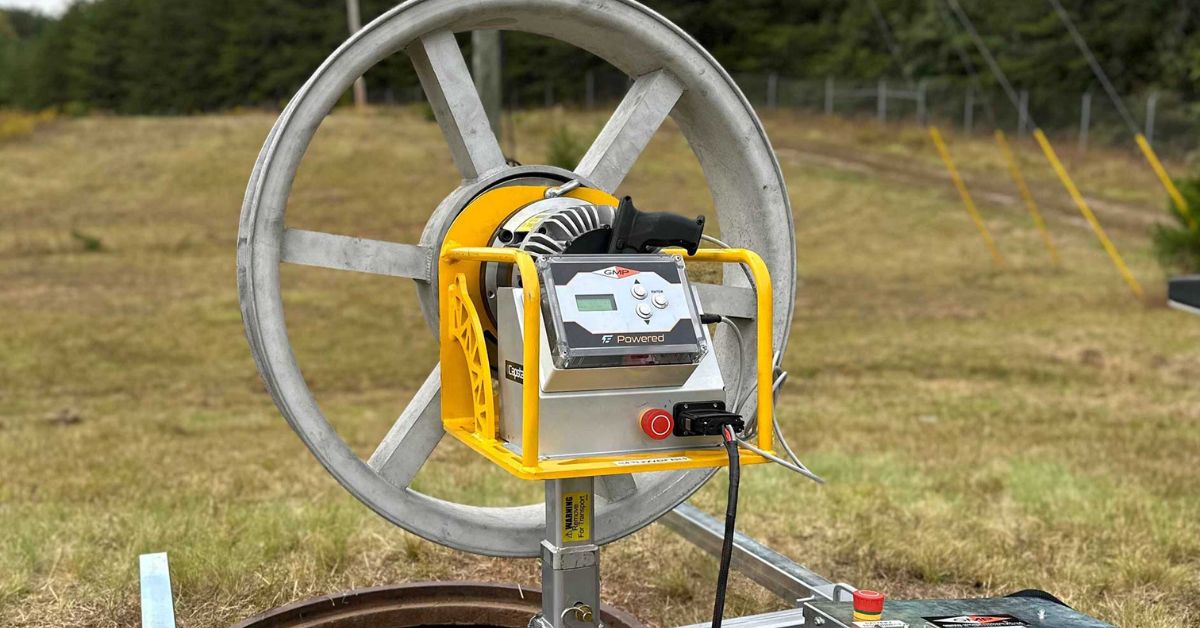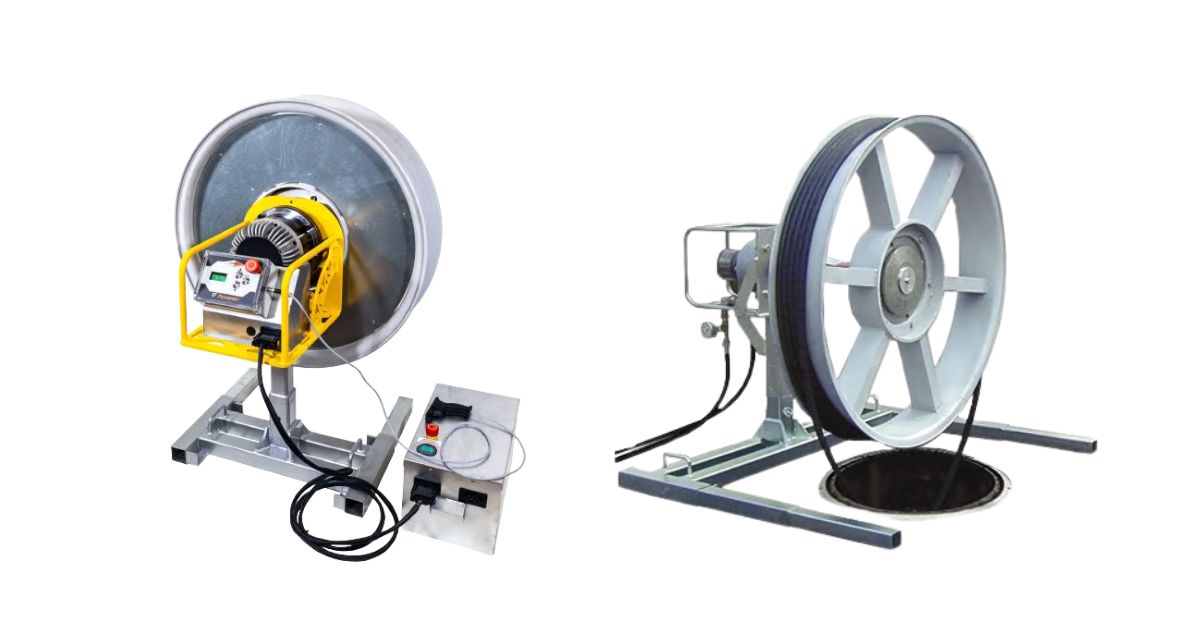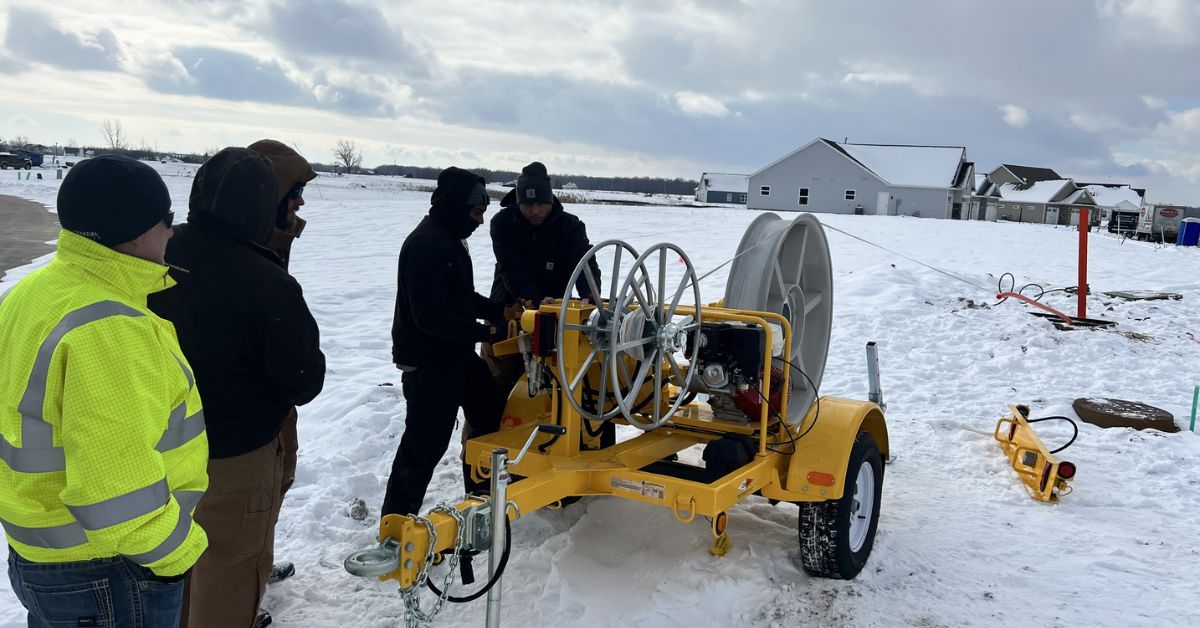No products in the cart.
Including Cable Puller Rentals in Your Feasibility Study
Home Including Cable Puller Rentals in Your Feasibility Study
- Home
- Resource Hub
- Millennium Blog
- Including Cable Puller Rentals in Your Feasibility Study

Efficiently deploying fiber optics is essential for any ISP or contractor aiming to enhance connectivity or expand their network. The key to achieving success is thorough planning, which is where a well-constructed feasibility study plays a crucial role. Feasibility studies ensure your project is economically viable, strategically planned, and effectively executed.
An integral but often overlooked part of this process is factoring in the cost and utility of cable puller rentals. Without accounting for this crucial equipment, you risk underestimating costs, delaying timelines, or compromising the efficiency of your deployment process. This guide will teach you how to include cable puller rentals in your feasibility study for fiber optic deployments.
What Is a Feasibility Study?
A feasibility study is a comprehensive evaluation conducted in the early stages of a project. It determines whether your proposed deployment plan is financially viable and operationally sustainable. For fiber optic deployments, these studies typically include cost estimates, revenue projections, a step-by-step implementation strategy, and an assessment of the project’s financial impact.
The primary benefits of a feasibility study include enabling accurate budgeting and efficient resource allocation and identifying potential challenges before construction begins. By examining factors such as pricing, workforce needs, and essential equipment, a feasibility study ensures that your deployment is strategic and realistic.
At Millennium, we are committed to helping you create a comprehensive and tailored feasibility study for your project. Our team of experts will work closely with you to analyze every aspect of the initiative, including costs, timelines, resource requirements, and potential risks. Together, we’ll develop an actionable plan that aligns with your goals and sets a solid foundation for success.
The Importance of Accurate Cost Estimation
Fiber optic deployment projects can be complex and expensive. Beyond materials like cables and connectors, there are essential tools, equipment, and labor costs that cannot be left to chance. Overestimation wastes resources, while underestimation risks disrupting project timelines and the quality of your deployment.
Accurate cost estimation is crucial to prevent financial oversights that could hinder construction or delay ROI. Whether you’re managing costs for rural broadband initiatives or urban network expansions, every detail matters. This is why including specific expenses, such as cable puller rentals, is vital.

Why Cable Puller Rentals Should Be Included
Cable pullers play an essential role in fiber optic installations, especially when laying fiber across shorter distances or in restrictive spaces. These machines enhance installation efficiency by reducing manual labor and ensuring consistent pulling tension.
For instance, models like the GMP eCapstan can pull up to 15,000 feet of fiber on a single charge, making it ideal for compact or urban environments. Similarly, the GMP Hydraulic Cable Puller offers versatility with adjustable pulling controls and speeds of up to 425 feet per minute.
Renting vs. Purchasing
Purchasing cable pullers may seem attractive for large-scale deployments, but renting often provides better flexibility and financial value. Renting allows you to avoid costly upfront investments, eliminate long-term maintenance expenses, and access the latest tools and technology when needed.
By choosing to rent, contractors and ISPs can allocate their resources more effectively, ensuring they have the flexibility to adapt to changing project needs. This approach is particularly beneficial for projects with varying scopes and durations, enabling more effective cost management and resource utilization.
Factors To Consider When Estimating Cable Puller Rental Costs
When estimating rental costs for your feasibility study, it’s important to consider several key factors that could impact your budget. Taking these into account will ensure a more accurate and realistic projection of expenses. Here’s what to keep in mind:
- Define the size and requirements of your project. Larger deployments with multiple phases may require cable pullers for extended periods, which will impact rental costs.
- Determine the type of puller needed. For example, GMP eCapstan is ideal for quieter, compact environments. Meanwhile, hydraulic cable pullers are more suited for high-speed and diverse mounting setups.
- Research rental policies, including equipment availability, delivery timelines, and late-return fees. At Millennium, we provide cost-effective rental equipment, helping to streamline your project.
- Account for supplementary costs such as transportation, setup assistance, or insurance. Being thorough in listing these indirect costs ensures a more accurate feasibility study.

How To Include Cable Puller Rentals in Your Feasibility Study
Integrating cable puller rentals into your feasibility study involves a well-rounded analysis. Here are actionable steps to get started.
Evaluate Cable Puller Expenses & Rentals
Begin by incorporating rental costs for cable pullers into the overall equipment budget. Compare the expense of renting versus owning to identify potential cost-saving opportunities. Renting reduces upfront capital expenditures while maintaining operational efficiency, making it an appealing choice for smaller providers navigating tight budgets.
This option also eliminates ongoing maintenance responsibilities and costs. Be sure to include this advantage in your cost-benefit analysis. At Millennium, we offer comprehensive equipment support for our rentals, ensuring seamless operation throughout your project.
On top of these benefits, rentals often provide access to the latest cable puller technology. Equipment like Millennium’s state-of-the-art fiber optic cable puller rentals ensures enhanced efficiency, safety, and performance that aligns with industry standards.
Renting converts large upfront costs into manageable, short-term expenses. This financial adaptability is invaluable for small- and medium-sized ISPs or contractors looking to allocate resources strategically.
Assess Your Project’s Needs and Timeline
Tailor your evaluation based on the project environment. For example, underground installations in uneven terrain may require specialized pullers with advanced features, such as adjustable pull force.
You should also account for possible scaling. For phased projects, renting equipment offers flexibility to scale operations without long-term commitments. Equipment rentals can be expanded to meet the demands of larger or more complex network deployments.
Lastly, plan your project timeline around the availability of rental equipment. Renting ensures you have the tools exactly when needed, reducing delays and boosting labor efficiency.
Strategic Planning Starts With the Right Tools
Cable puller rentals can significantly influence the efficiency, cost-effectiveness, and scalability of fiber optic deployments. Learning how to include cable puller rentals in your feasibility study is essential to ensure accurate planning and smooth execution. By evaluating costs, assessing project needs, and leveraging rental advantages, ISPs and contractors can achieve their goals while staying within their budgets.
Looking for reliable, high-quality cable puller rentals? Millennium offers cutting-edge equipment, nationwide availability, and exceptional service to help you stay on track. Visit Millennium’s rental solutions today to explore your options.
